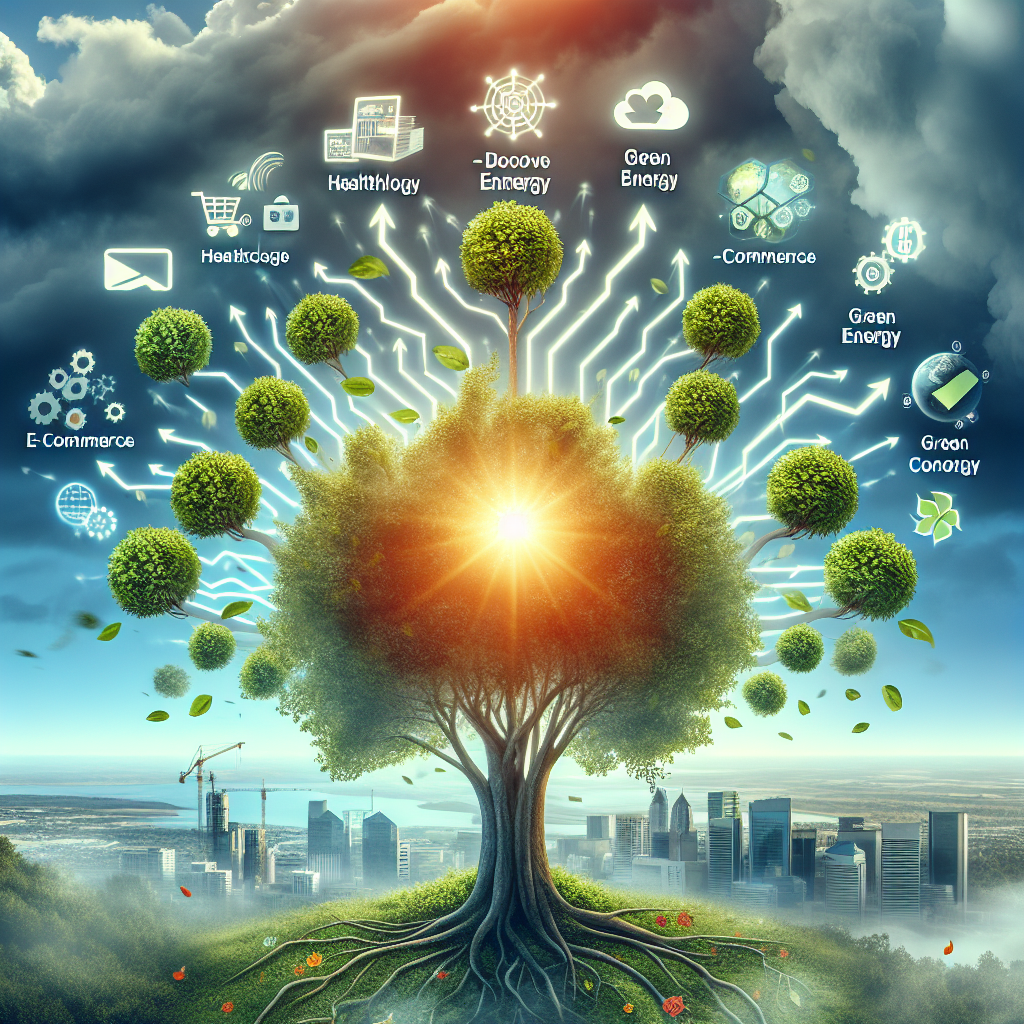Economic Revival: Sectors Leading the Post-Pandemic Recovery
As we move further away from the paradigm-shifting events of the COVID-19 pandemic, global economies are gradually finding their footing, redefining what normal looks like in a post-pandemic world. With a mix of innovation, resilience, and adaptability, certain sectors have emerged as frontrunners in driving economic recovery, breathing life back into both global and local markets. Here’s a closer look at the sectors leading the charge in the post-pandemic recovery.
1. Technology and Digital Services
Unsurprisingly, the technology sector has played a pivotal role in the recovery process. With the abrupt shift towards remote work, online education, and virtual social interactions during the pandemic, there was an increased reliance on digital platforms and services. This trend has proven to be more than temporary, with companies continuing to invest heavily in cloud computing, cybersecurity, and artificial intelligence (AI) to support digital transformations. The tech sector has not only sustained itself but has grown by accelerating innovation, developing hybrid work solutions, and enhancing digital infrastructure across industries.
2. Healthcare and Biotechnology
The pandemic underscored the critical importance of the healthcare sector, leading to unprecedented investments in medical research, telemedicine, and biotechnology. The rapid development and distribution of COVID-19 vaccines highlighted the potential for innovation in biotechnology, garnering significant public and private investment. Pharmaceutical companies are enhancing infrastructure for future clinical research, while telehealth continues to expand access to medical services and reduce barriers to care. The focus on preventive care, personalized medicine, and digital health technologies will continue to provide substantial growth momentum within healthcare.
3. Renewable Energy and Sustainability
With climate change becoming an increasingly urgent global concern, the renewable energy sector has gained a spotlight in economic recovery plans. Governments worldwide are investing in green infrastructure projects, emphasizing carbon neutrality goals and a transition towards sustainable energy sources. The demand for solar, wind, and energy storage solutions has soared, creating jobs and stimulating innovation. This sector not only supports economic recovery by creating new markets and industries but also plays a crucial role in achieving long-term environmental sustainability.
4. E-commerce and Retail Transformation
E-commerce was one of the few sectors that thrived during the pandemic as consumers shifted to online shopping. Post-pandemic, the trend continues though with a twist—it’s moving toward an omnichannel retail experience that combines the convenience of online shopping with the tactile experience of physical retail. Companies are reevaluating their logistics, supply chains, and customer engagement strategies to cater to evolving consumer habits. Technologies like augmented reality (AR) and virtual reality (VR) are revolutionizing how consumers shop, offering immersive experiences that make purchasing more engaging.
5. Travel and Hospitality
Perhaps one of the hardest-hit sectors during the pandemic, travel and hospitality are experiencing a robust rebound. With restrictions easing and the global vaccination campaign proving effective, there is a pent-up demand for travel experiences. Airlines, hotels, and tour operators are witnessing a sharp increase in bookings, although the sector is also navigating challenges such as staff shortages and evolving consumer expectations. Recognizing the renewed interest in domestic travel and experiential tourism, the industry is concentrating on safety, flexibility, and sustainable travel solutions to attract new travelers.
6. Manufacturing and Automation
The manufacturing sector faced significant disruptions during the pandemic, but it has emerged stronger by embracing innovation. Automation and advanced manufacturing technologies such as robotics, 3D printing, and the Internet of Things (IoT) are transforming production processes, making them more efficient and resilient to future disruptions. The focus on reshoring and localizing supply chains to minimize dependency on global networks is also gaining traction, providing a strategic boost to domestic industries.
Conclusion
While the post-pandemic recovery is uneven across different regions and sectors, the leaders highlighted above showcase a combination of resilience and adaptability. These sectors are not only facilitating economic revival but are also setting the stage for a more innovative and sustainable future. However, the transition is not without challenges, and continued collaboration among governments, businesses, and communities will be key in ensuring that growth is inclusive and sustainable. As we look ahead, the lessons learned during the pandemic will undoubtedly shape strategies and policies that foster long-lasting economic prosperity.


